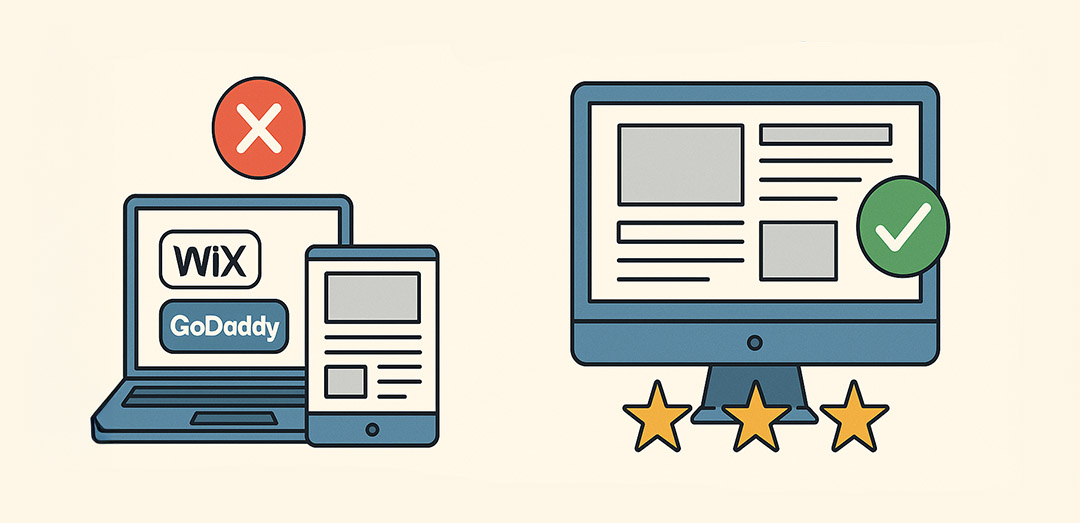In the ever-expanding world of online commerce, setting up an eCommerce website involves navigating a myriad of technical terms and functionalities. One crucial aspect that often confuses business owners is the concept of a payment gateway. In this post, we’ll demystify what a payment gateway is, why it’s essential for your eCommerce site, and delve into popular examples like PayPal and Stripe.
Understanding the Payment Gateway
A payment gateway serves as the bridge between your online store and the financial institutions that process the payment. It facilitates the secure transfer of sensitive information, such as credit card details, ensuring a seamless and safe transaction for both the buyer and the seller.
Key Functions of a Payment Gateway
1 Encryption and Security:
Payment gateways encrypt data during the transaction, making it nearly impossible for unauthorized parties to access sensitive information.
2 Authorization:
The gateway confirms whether the customer’s funds are sufficient and verifies the legitimacy of the transaction before approval.
3 Transaction Settlement:
After authorization, the payment gateway transfers funds from the customer’s account to the merchant’s account.
Why Your eCommerce Site Needs a Payment Gateway
1 Security and Trust:
Customers need to feel confident that their financial information is safe. A reputable payment gateway adds a layer of security, fostering trust and encouraging sales.
2 Global Reach:
Payment gateways enable you to accept payments from customers around the world, supporting multiple currencies and payment methods.
3 Reduced Cart Abandonment:
A seamless and quick checkout process, facilitated by a reliable payment gateway, can significantly reduce cart abandonment rates.
Case Studies: PayPal
Pros
1 Recognizable Brand:
PayPal is a widely recognized and trusted name in online payments.
2 Global Acceptance:
Available in over 200 countries, allowing businesses to reach a broad audience.
3 Buyer and Seller Protection:
Offers features that enhance security for both buyers and sellers.
Cons
1 Transaction Fees:
While competitive, PayPal does charge transaction fees that may affect profit margins.
2 Account Holds:
Some users report issues with funds being temporarily held, impacting cash flow.
Case Studies: Stripe
Pros
1 Developer-Friendly:
Known for its developer-centric approach, Stripe provides robust APIs and documentation.
2 Customization:
Offers flexibility in designing the checkout process to align with your brand.
3 Transparent Pricing:
Clear and straightforward pricing without hidden fees.
Cons
1 Global Reach:
Although Stripe is expanding its reach, it may not be available in all countries.
2 Learning Curve:
Some users may find Stripe’s advanced features require a learning curve.
Conclusion
In conclusion, integrating a payment gateway into your eCommerce website is a critical step for ensuring secure and efficient online transactions. Whether you choose PayPal, Stripe, or another provider, the key is to align the features and capabilities of the payment gateway with the needs of your business and your target audience. Ultimately, a well-chosen payment gateway can be a cornerstone in building a successful and trustworthy online store.






